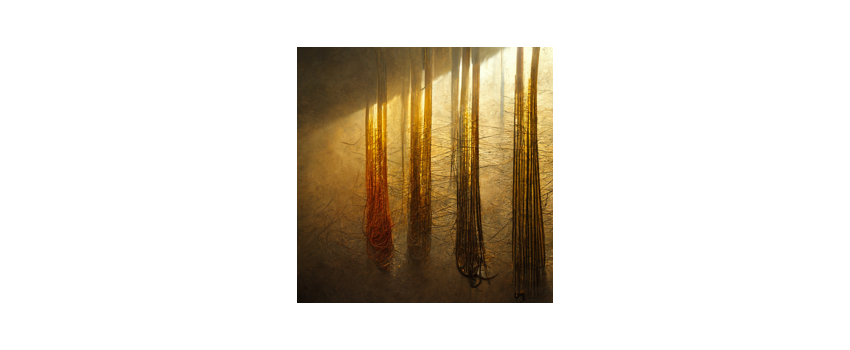Violin Strings
As musicians, we regularly search for info concerning the music we play and our instruments. Much of us know that violin strings were when constructed out of gut, however perhaps you really did not realize that gut was the typical material used until after World War II. Evidence discovered in old Egyptian hieroglyphics recommend that the production of strings made from lamb gut spans back some 6,000 years. It would certainly need an entire publication to divulge every information of string background, but right here are a number of key points on the history of violin strings.
The G String
As with other strings, the G string began as a pure gut string. By the late 1600s, G strings were wound with silver or copper wire to create a fuller, reverberating sound.
The tone of wound G strings was better than the sound of pure gut. By the 1730s, the wound gut had totally replaced the pure gut.
The D String
Pure gut D strings were the standard until the end of the First World War. In times past, the technology required to produce wire thin enough to wind the gut string simply didn't exist.
In 18th Century France, a technique called demi-filée (half-wound) was developed, which applied the wire to the core of the string. This resulted in really thick D strings that never ended up being prevalent, vanishing totally by the end of that century.
The use of lightweight aluminium to wind gut D strings can be traced back to the period after WWII.
The A String
The A string was the last of the four strings to transition from pure gut to wound gut. Pirastro developed the first gut A string in 1951, utilizing lightweight aluminium. It took virtually ten years before it became conventional.
The pure gut A string was common until the arrival of artificial strings in 1970.
The E String
As a result of their slim scale, gut E strings were never wound, and pure gut E strings were common well into the twentieth century. The first steel E string showed up around 1910 but didn't acquire prominence until the Second World War when lamb gut became scarce.
From the 1880s until the growth of steel strings, silk strings were used as an alternative to gut, yet typically only in an emergency.
Modern strings are made from synthetic materials and wound with aluminium, chrome, steel, silver, or tungsten. Wound steel strings were resilient and less sensitive to the climate than the gut. Nonetheless, most players felt they had an undesirable metal or tinny top quality. Synthetic materials seem to be the solution: they combined the warm tone of gut with the reliability of steel. The first synthetic strings were created by Thomastick-Infeld and released into the marketplace in 1970 under the name 'Dominant Strings'.
Violin Strings Available at Cheapest Prices.

Choose Your Category




